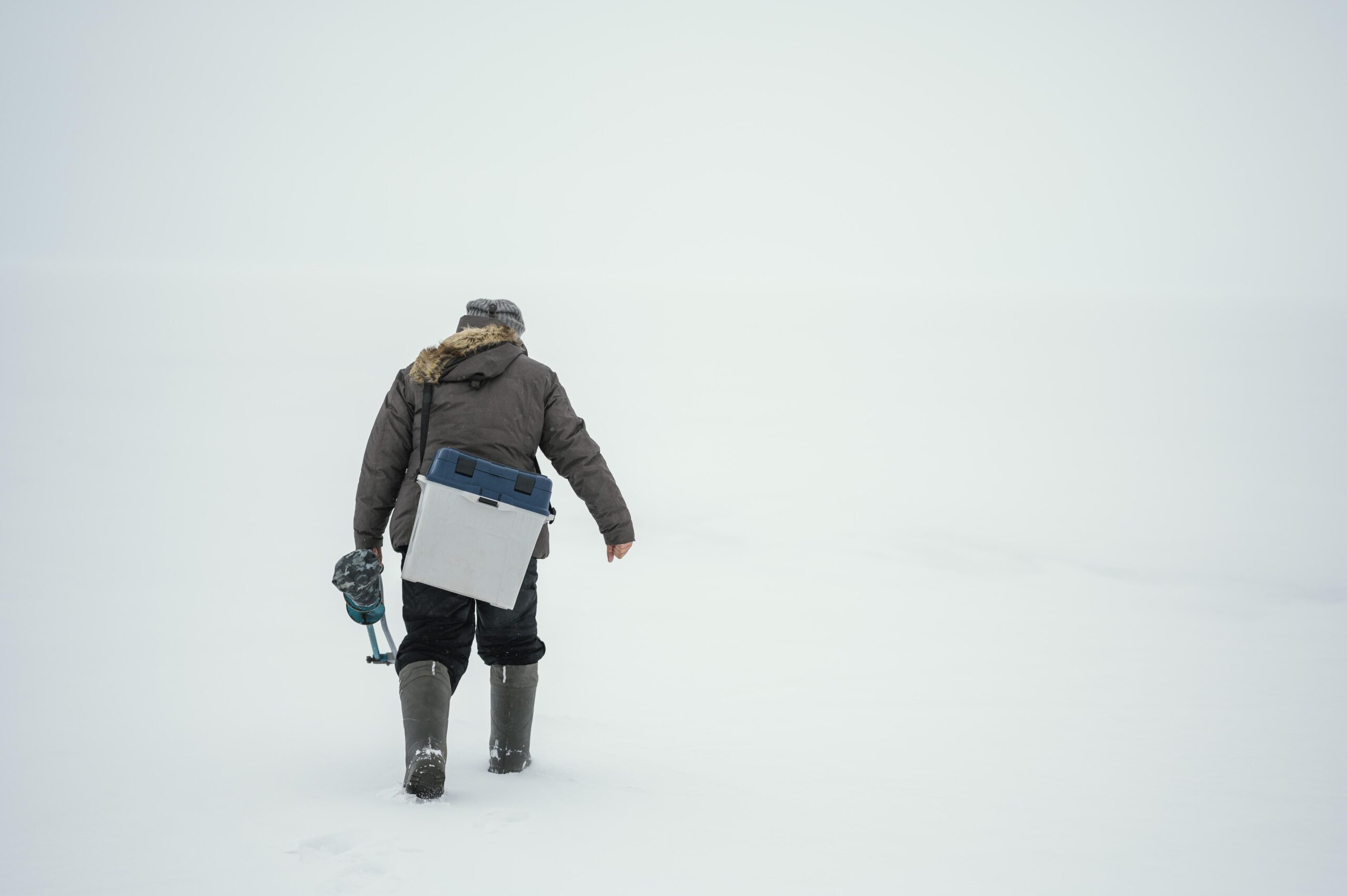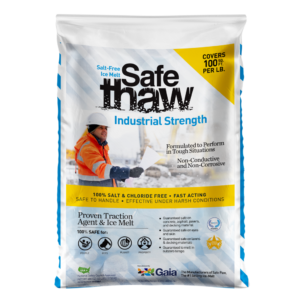How Deep Ice Is Is Safe To Walk On

Ice can be a slippery, dangerous substance. It’s easy to lose traction on an icy road and fall into the false sense of security that comes from looking at it and thinking, “Oh, it’s just ice.” But in reality, ice is an extremely unstable substance that can give way without warning.
The best way to avoid a slip-and-fall accident on ice is to know whether or not you can safely walk on it. If you’re not sure what makes ice safe to walk on or unsafe to walk on, here are some signs you may lose traction on an icy road:
- If the ice is clear and solid—like a sheet of glass—it’s probably safe to walk on.
2. If there are no cracks in the surface of the ice and it feels stable underfoot (like if you step on it with your entire foot), then it’s probably safe to walk on.
3. If there are cracks in the surface of the ice but they’re small enough for your foot size and depth (like if you step on them with just one foot), then it’s probably safe to walk on.
4. If there are cracks in the surface of the ice and they’re large enough for your foot size and depth
How To Get Traction In Ice
Short, slow steps are best.
When you’re walking on ice, the worst thing you can do is make sudden movements. This includes sudden stops and starts, as well as stepping off a curb or two at once. For the most part, it’s best to walk slowly and take short steps.
When you bend your knees, you lower your center of gravity. This helps keep you upright and stable on slippery surfaces.
Using a fishing pole or branch, test the ice thickness before walking.
Before you walk, test the thickness of the ice with an object such as a fishing pole or branch. If you are unsure, don’t walk on it.
If you’re walking on a frozen lake and decide to try walking across it, don’t go out too far.
Get ready for winter with Walk On Ice instant traction on snow and ice
Snow is preferable to ice if possible.
If you can, try to walk on snow rather than ice. Snow is softer and more forgiving than ice, so it’s easier to walk on. In addition, because snow isn’t slippery (as opposed to ice), you’ll have more traction with your feet when walking on it.
Conclusion
Ice is slippery. Even if it’s not freezing, ice can still be dangerous to walk on. If you’re walking on a sidewalk, for instance, and the temperature is above freezing, you should still take extra care when walking. Ice can form underfoot or on the road, which means that even if you’re not crossing an open body of water or an ice rink, you can still find yourself falling down if you don’t watch your step carefully.
Other Ice Melt Products
Safe Paw
The Original and #1 Selling Pet and Child Safe Ice Melt for over 20 years. Guaranteed environmentally safe – will not harm waterways and sensitive wetlands. All products are made in the USA.

Safe Thaw
Imagine an ice melt you can put down and never worry about. It won’t harm pets, kids, and your property. That’s Safe Thaw. Unlike anything else on the market, Safe Thaw can change how winter affects our planet.



